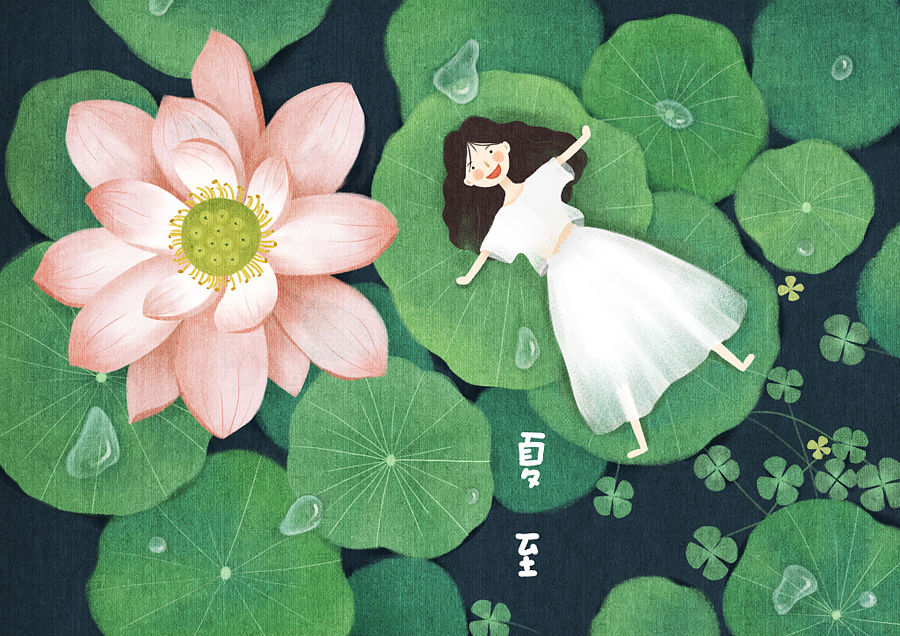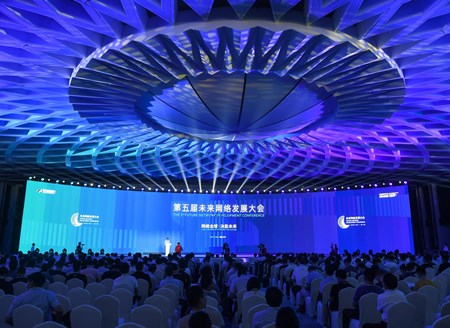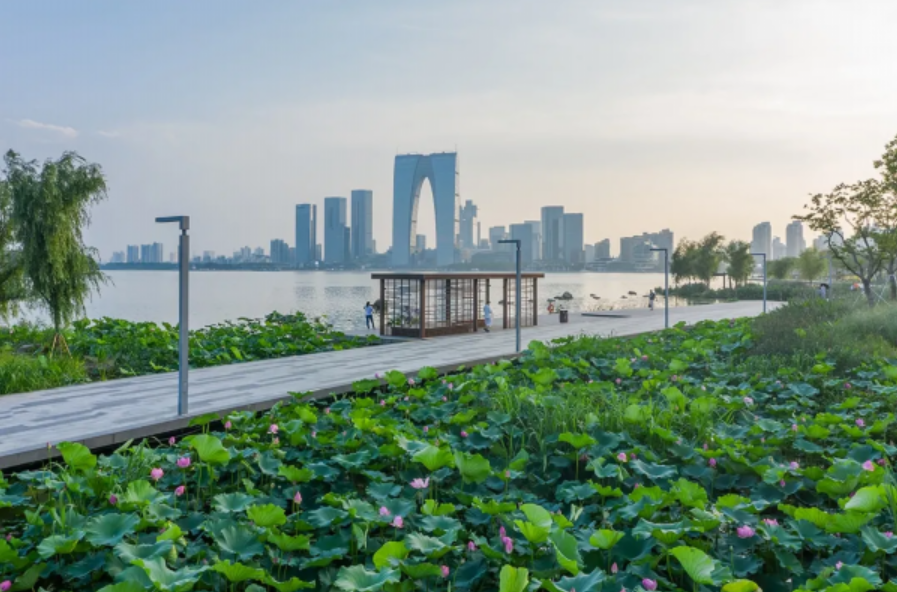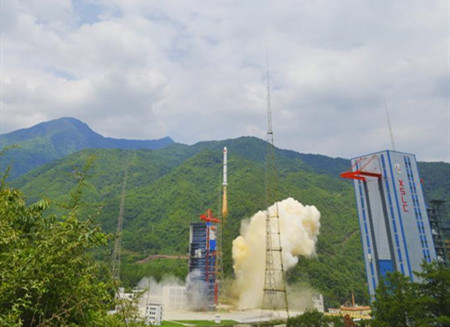Nature follows travelers wherever they go in Nanjing. These destinations (listed in no particular order) are the city’s greenest getaways in full swing.
Zijin Mountain (紫金山)
This is Nanjing’s leisure landmark, offering many ways to relax and kill time.
Most of the attractions are clustered at the south side of the mountain, including Sun Yat-sen’s Mausoleum, the Ming DynastyXiaoling Tomb, Nanjing Underworld Aquarium and Zijin Mountain Observatory.
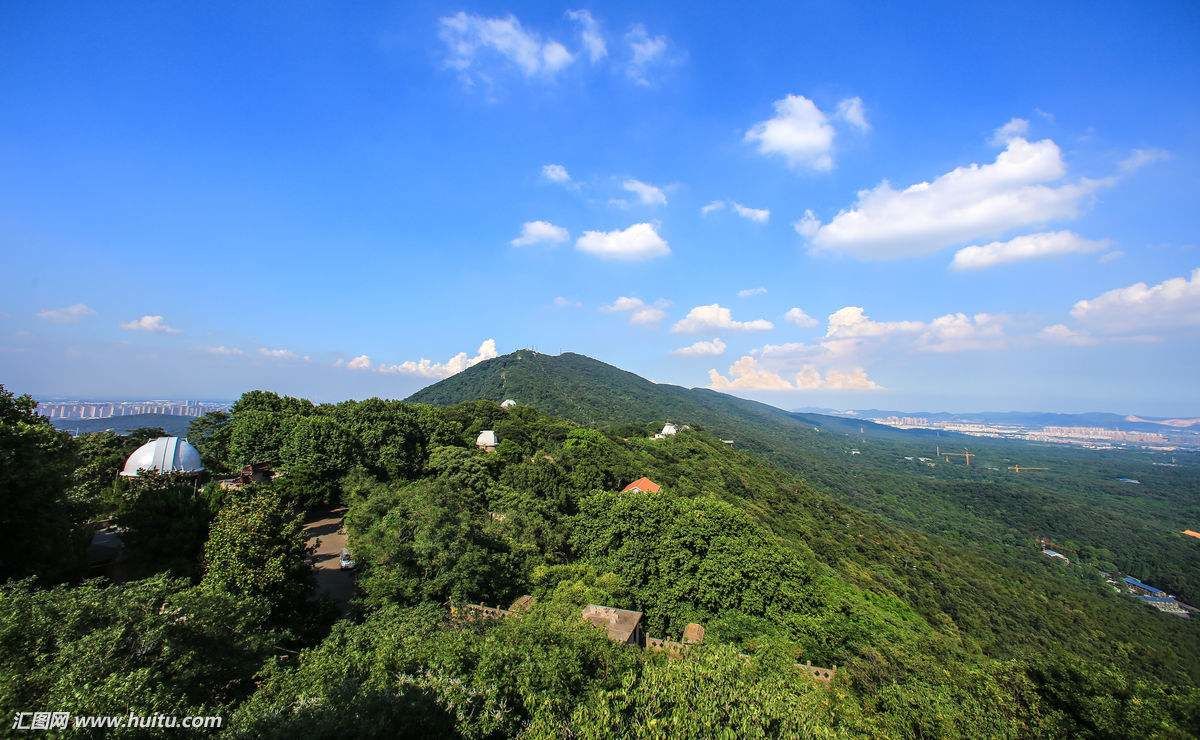
Every February and March, the Meihua Shan complex at the mountain’s southern foot provides an unearthly view of about 13,000 plum trees in full bloom, resplendent with lavender, magenta, pink, and even orange blossoms. In autumn, local shutterbugs and families swarm to the Sacred Path in Xiaoling Tomb to observe the colorful maple and gingko leaves.
It takes about three hours to get to the peak on foot. Cables cars are available at Tianwen Road near Taipingmen Road. RMB 60 (US$9.6) per person for a single ticket, RMB 80 (US$12.9) for return.
Zijin Mountain is easily accessible from the city. Part of Metro Line 1 runs along the mountain at Xumuyuan, Zhongshanling, Linggusi and Maqun stations.The major hiking entrance is on Taipingmen Road near Baima Park.
Gaochun District (高淳区)
Some 100 kilometers, or an hour’s drive, from the city center, Gaochun is the southernmost district of Nanjing, best known for its ancient architecture and roe-laden crabs.
The most popular tourist draw is a 500-year-old street, restored to its medieval glory, in the district’s main town of Chunxi (淳溪镇).
The strip was originally established by vendors from around east China in the Ming and Qing dynasties. Now, modern merchants line the 345-meter-long, 3.5-meter-wide Old Street selling everything from wind-dried duck wings to fabric footwear.
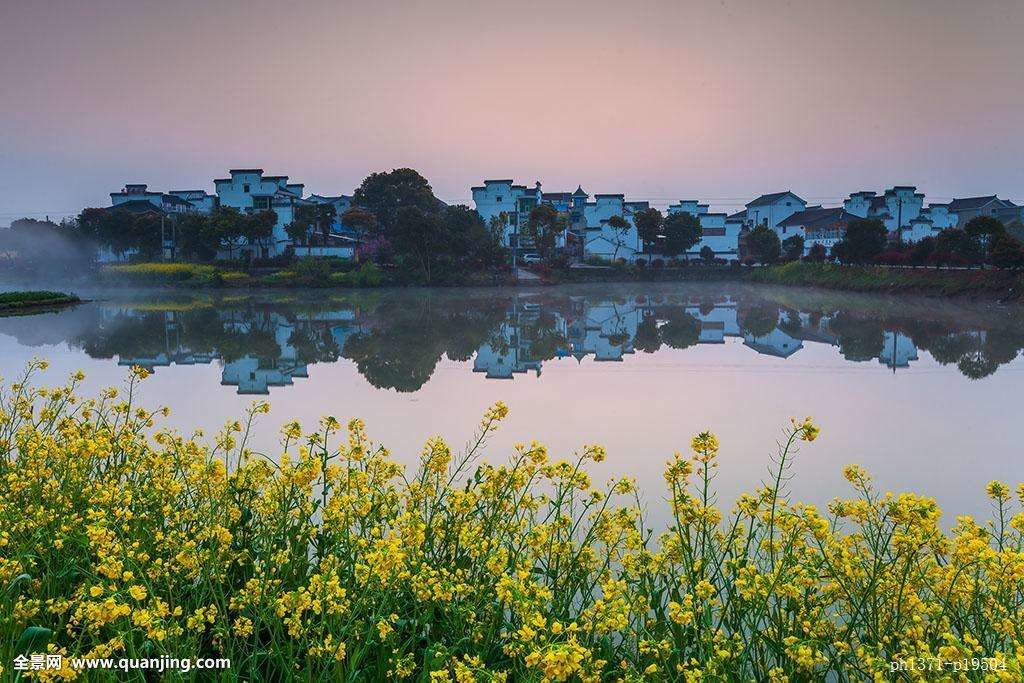
Yaxivillage (桠溪镇), 36 kilometers east of Chunxi, is China’s first “slow city” according to Cittaslow, an Italian association promoting the slow lifestyle. The 20,000-people village lures visitors with a laidback ambience, rolling farms and vast fields of bright yellow rapeseed in March and April.
Both the ancient street and Yaxi can be managed on a day trip with a chauffeured car. The Long-distance Bus Stop at Nanjing South Railway Station has direct buses bound for Chunxi and Yaxi. The journey takes about 90 minutes. Public transport between the two places is scarce. Admission to Old Street is RMB 35 (US$5.6).
Qixia Mountain (栖霞山)
In autumn, this 286-meter mountain is covered in enough gorgeous maple scenery to make even Canadians jealous.
Mahogany, crimson, flame-red, golden and bamboo-green leaves blanket the slope, broken by crystal clear lakes, snaking walking planks, and ancient pavilions and temples, creating the most beautiful fall foliage in east China. The best time to observe the maple magnificence is from mid to late November.
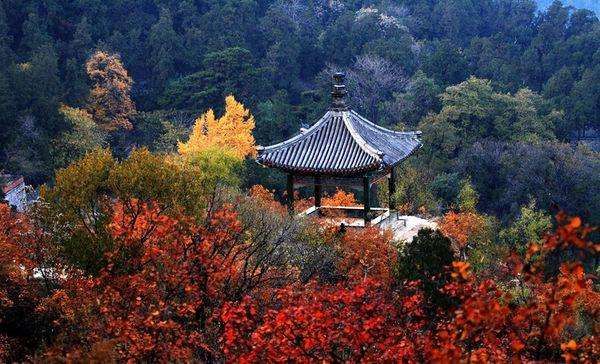
Qixia Si on the mountain’s west slope is Qixia’s other major attraction. It is reported to be the oldest and the most influential monastery in Nanjing, dating back to the year 489.
East of the celebrated Zen institute lies Qianfo Yan, the country’s only Buddhist grotto site south of the Yangtze River. More than 500 Buddha statues were carved out of the cliffs in 250 grottoes.
To get to Qixia Mountain in northeast Nanjing, take Metro Line 1 to Xueze Road Station, then switch to bus 138 and get off at the last stop; or take Nanxixian (南栖线) at the West Plaza of Nanjing Train Station and get off at the terminal. The journey takes about an hour. Admission to Qixia Mountain is RMB 35 (US$5.6) in autumn and RMB 20 (US$3.2) for the rest of the year.
Laoshan National Forest Park (老山国家森林公园)
Most of Nanjing’s happenings are centered in the south bank of Yangtze, but the gargantuan park is one great reason to cross China’s greatest river.
Compared to the mountains on the other side of the city like Zijin and Qixia, the 442-meter-tall Laoshan is less crowded, more spacious and perfect for those looking for a secluded break.
Nearly 80 percent of the 80-square-kilometer reserve is coated with lush forest, and is reportedly home to over 200 animal species including wolves, deer and foxes.
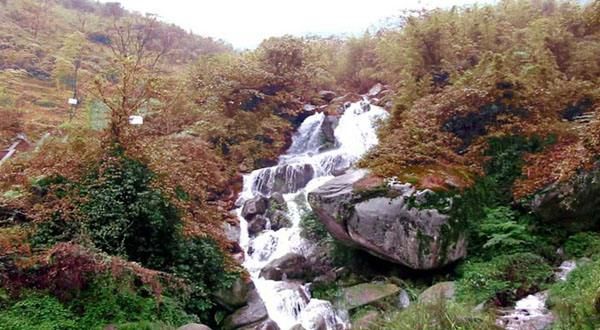
The remote forestland is due to host the cycling events in the 2014 Summer Youth Olympic Games. Biking buffs will find their heaven on the wide, cemented and almost deserted roads which cut through the park on two sides.
Other leisure activities here include grass sliding, barbecue and real-life Counter Strike.
Bus 608, 610 and 611 go to Laoshan National Forest Park from downtown. Journey takes about an hour. Admission to the park is RMB 33 (US$5.3).
(Source: cityofnanjing.com)
